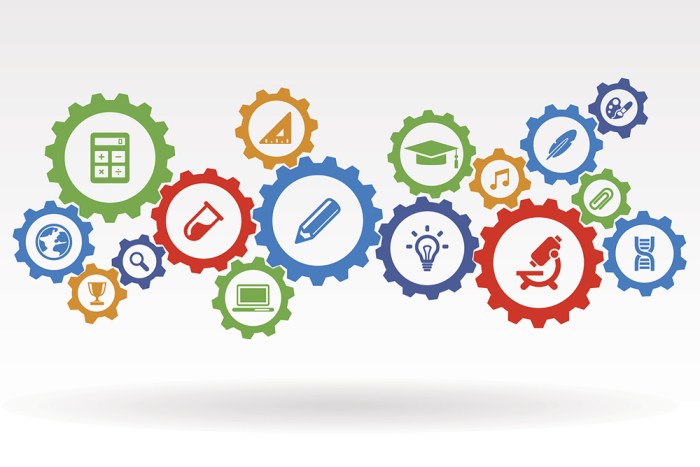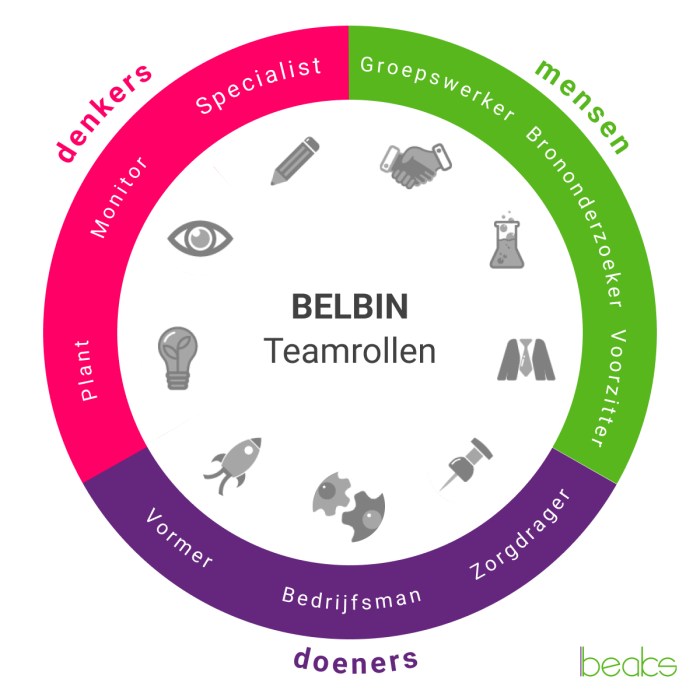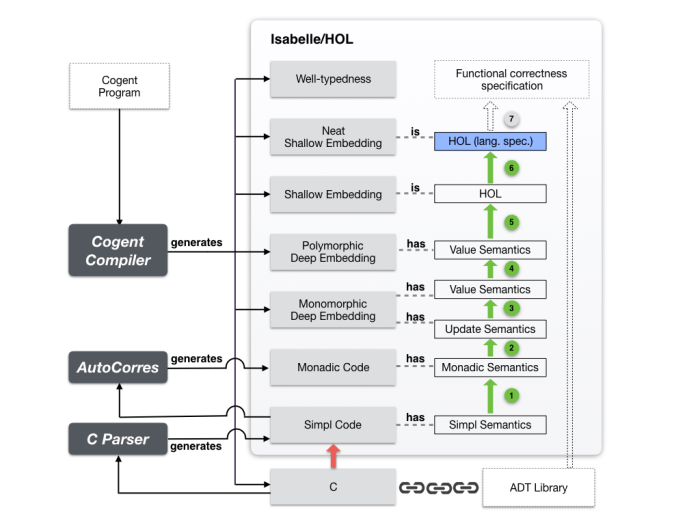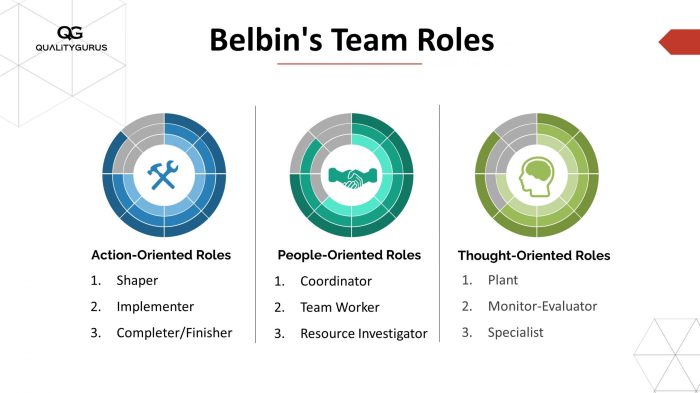An implementer on a team must: – An implementer on a team must possess a unique blend of skills and qualities to drive success. From fostering effective communication to navigating team dynamics, their role is pivotal in ensuring seamless collaboration and optimal outcomes.
This comprehensive guide delves into the essential responsibilities and strategies that an implementer must master to excel within a team environment. Dive in and discover the secrets to unlocking your team’s full potential.
Collaboration and Communication

Effective communication is crucial for team success, fostering collaboration, and ensuring everyone is on the same page. Open and regular communication channels enable timely information sharing, efficient decision-making, and a cohesive work environment.
Maintaining open communication involves regular team meetings, email updates, and instant messaging platforms. These channels allow for timely exchange of information, brainstorming sessions, and addressing any roadblocks or concerns.
Tools and Techniques for Collaboration
Numerous tools and techniques can enhance collaboration and information sharing. These include:
- Project Management Software:Tools like Asana, Trello, and Jira provide a central platform for task management, file sharing, and real-time updates.
- Video Conferencing:Platforms such as Zoom and Google Meet enable virtual face-to-face interactions, facilitating discussions and remote collaboration.
- Cloud-Based File Sharing:Services like Google Drive and Dropbox allow teams to store, share, and collaborate on documents, spreadsheets, and other files in real-time.
Task Management and Execution: An Implementer On A Team Must:
Efficient task management and execution are crucial for successful project delivery. It involves prioritizing tasks, setting clear expectations, tracking progress, and ensuring timely completion. Effective task management helps teams work collaboratively, allocate resources optimally, and meet project objectives efficiently.
Prioritizing Tasks
Prioritizing tasks involves identifying the most important and urgent tasks that need to be completed first. Several methods can be used for prioritization, such as the Eisenhower Matrix, MoSCoW method, or ABCDE analysis. By prioritizing tasks, teams can focus their efforts on the most critical tasks, ensuring that essential deliverables are met on time.
Setting Clear Expectations and Deadlines
Clear expectations and deadlines are essential for effective task execution. Teams should have a shared understanding of what needs to be done, by whom, and when. Setting realistic deadlines helps ensure that tasks are completed on time and to the required quality standards.
Regular check-ins and progress updates can help identify any potential delays or roadblocks, allowing for timely adjustments.
Tracking Progress and Ensuring Timely Completion
Tracking progress is crucial to ensure that tasks are moving forward as planned. Teams can use tools such as task management software, spreadsheets, or Kanban boards to track task status, identify bottlenecks, and make necessary adjustments. Regular progress updates provide visibility into task completion and allow for timely intervention if any issues arise.
Problem-Solving and Decision-Making

Effective problem-solving and decision-making are critical for any team’s success. When a team faces a challenge, it’s essential to identify and analyze the problem thoroughly, brainstorm potential solutions, and make decisions that align with the team’s goals and values.
Identifying and Analyzing Problems
The first step in problem-solving is to clearly define the problem. This involves gathering information, understanding the root cause, and considering different perspectives. Once the problem is well-defined, the team can analyze it using various techniques, such as root cause analysis, fishbone diagrams, or SWOT analysis.
Brainstorming and Evaluating Solutions
Once the problem is analyzed, the team can brainstorm potential solutions. This is where creativity and collaboration are crucial. The team should generate as many ideas as possible, without judgment or criticism. Once the brainstorming session is complete, the team can evaluate the solutions based on their feasibility, impact, and alignment with the team’s goals.
Decision-Making Frameworks and Consensus-Building Strategies
After evaluating the solutions, the team needs to make a decision. There are various decision-making frameworks that can be used, such as the pros and cons analysis, weighted decision matrix, or the Delphi method. To build consensus, the team can use techniques like majority vote, consensus building, or the nominal group technique.
Knowledge Sharing and Learning
In a team setting, sharing knowledge and expertise is crucial for maximizing productivity and achieving optimal outcomes. A culture of continuous learning and improvement enables team members to stay up-to-date with the latest advancements and best practices in their field.
Knowledge Management Systems
Knowledge management systems provide a centralized platform for team members to share, access, and retrieve information. These systems can include wikis, intranets, and document repositories. They facilitate the creation and dissemination of knowledge, allowing team members to quickly and easily find the information they need to perform their tasks effectively.
Training Opportunities
Training opportunities provide a structured approach to knowledge sharing and learning. They can include workshops, seminars, and online courses. By participating in training programs, team members can acquire new skills and knowledge, enhance their existing capabilities, and stay abreast of industry trends.
Team Dynamics and Conflict Resolution

Team dynamics play a pivotal role in project success. A cohesive and supportive team environment fosters open communication, collaboration, and a shared sense of purpose. It enables team members to leverage their strengths, support each other’s weaknesses, and work harmoniously towards achieving common goals.
Building a Cohesive Team Environment
To build a cohesive team, it is essential to establish clear expectations, roles, and responsibilities. Regular team meetings, open communication channels, and opportunities for team bonding activities can foster a sense of unity and camaraderie. Encouraging active listening, empathy, and mutual respect creates a positive and supportive work environment where team members feel valued and comfortable sharing their ideas and concerns.
Managing and Resolving Conflicts Constructively
Conflicts are inevitable in any team setting. Managing and resolving conflicts constructively is crucial to maintain team cohesion and productivity. Effective conflict resolution involves acknowledging and understanding the underlying causes of the conflict, engaging in respectful and open dialogue, and seeking mutually acceptable solutions.
Active listening, empathy, and a willingness to compromise can help facilitate constructive conflict resolution.
Tools and Resources

In the modern workplace, effective team collaboration is crucial for success. The right tools and resources can streamline communication, facilitate task management, and enhance problem-solving.
Essential Tools for Team Collaboration
*
-*Communication Platforms
Instant messaging, video conferencing, and project management software enable real-time communication and information sharing.
-
-*Task Management Tools
Project management software, task lists, and workflow automation tools help teams organize tasks, track progress, and ensure accountability.
-*Knowledge Management Systems
Wikis, knowledge bases, and document sharing platforms provide a central repository for team knowledge and best practices.
Benefits and Limitations of Different Platforms
*
-*Instant Messaging
Provides immediate communication, but can be overwhelming and difficult to manage.
-
-*Video Conferencing
Facilitates face-to-face interactions, but can be bandwidth-intensive and challenging for remote teams.
-*Project Management Software
Offers comprehensive task management features, but can be complex and require extensive training.
Recommendations for Tool Selection and Implementation, An implementer on a team must:
*
An implementer on a team must always stay updated with the latest practices and technologies in their field. To that end, they should consider taking the nccco swing cab practice test to assess their knowledge and skills. This test can help them identify areas where they need to improve, and it can also provide them with valuable insights into the latest industry trends.
An implementer on a team must be committed to continuous learning and improvement, and taking the nccco swing cab practice test is a great way to demonstrate that commitment.
-*Consider Team Size and Needs
Choose tools that align with the team’s size and specific collaboration requirements.
-
-*Prioritize User Experience
Select tools that are easy to use and navigate for all team members.
-*Foster Adoption and Training
Provide adequate training and support to ensure team members are comfortable using the tools effectively.
Measurement and Evaluation

Measuring and evaluating team performance is crucial for assessing progress, identifying areas for improvement, and ensuring that the team is aligned with organizational goals. By tracking metrics such as task completion rates, project delivery timelines, and customer satisfaction levels, teams can gain insights into their strengths and weaknesses.
Metrics and Methods
*
-*Task Completion Rates
Measure the percentage of tasks completed on time and within budget.
-
-*Project Delivery Timelines
Track the time taken to complete projects and compare it to estimated timelines.
-*Customer Satisfaction Levels
Collect feedback from customers to gauge their satisfaction with the team’s products or services.
-*Surveys and Feedback
Conduct regular surveys and gather feedback from team members to identify areas for improvement.
-*Peer Reviews
Implement peer review systems to provide constructive criticism and identify individual contributions.
Using Evaluation Results
Evaluation results should be used to make data-driven decisions and improve team processes and outcomes. Teams can:*
-*Identify Areas for Improvement
Pinpoint specific areas where performance can be enhanced.
-
-*Set Performance Goals
Establish clear and achievable performance goals based on evaluation findings.
-*Implement Process Changes
Modify team processes to address identified weaknesses and enhance efficiency.
-*Provide Targeted Training
Identify areas where team members require additional training or development.
-*Reward and Recognize Success
Acknowledge and reward team members for their contributions and achievements.
By continuously measuring and evaluating team performance, teams can foster a culture of continuous improvement and ensure that they are consistently meeting and exceeding expectations.
Detailed FAQs
What is the primary role of an implementer on a team?
An implementer’s primary role is to facilitate seamless collaboration, manage tasks effectively, solve problems creatively, share knowledge, and foster a positive team dynamic.
How can an implementer improve communication within a team?
Implementers can enhance communication by establishing clear communication channels, promoting active listening, and utilizing tools like video conferencing and project management software.
What strategies can an implementer employ to manage tasks efficiently?
Effective task management involves prioritizing tasks, setting realistic deadlines, and using tools like task lists, Gantt charts, and project management software.